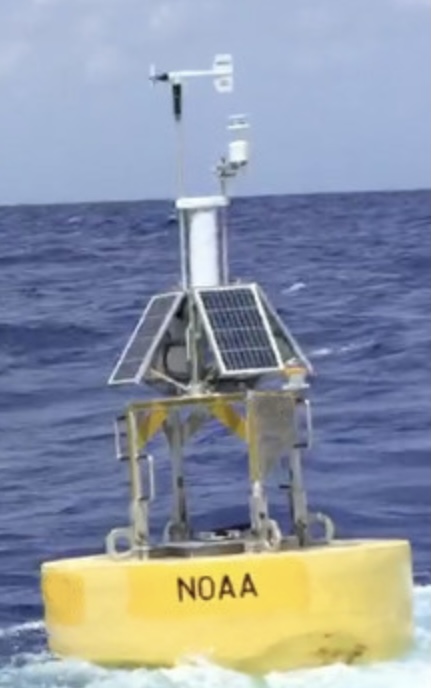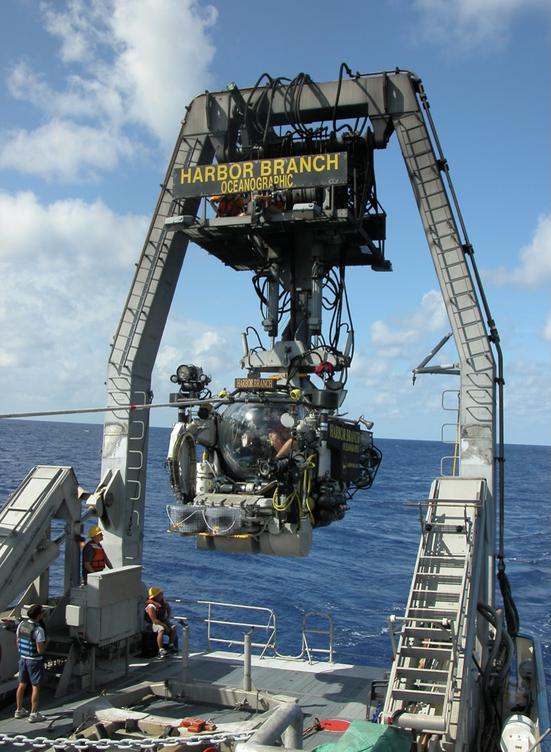Jerry 'River' Kaster, PhD
Probabilistic Platform to Establish the Phanerozoic Freshwater Invertebrate Communities
This treatment established a probabilistic platform that appraised the freshwater invertebrate communities of the Precambrian, Paleozoic, Mesozoic, and Cenozoic eras. These communities are compared with the extant fauna. The freshwater fauna probabilistic signatures suggested a shift along a time series characterized by an overall rise in dominance by fewer taxa. The result is a modern freshwater fauna clustered narrowly around a few dominant taxa with high probable occurrence. This analysis raises the question: Are there too many species distributed among too few taxa?
Geometric Continuity: Is the space that surrounds matter an extension of the matter?
Abstract. The general relativity stress-energy tensor, Tuv is replaced with a relativistic stress-frequency tensor, Tvuv, based on the assertion that relativistic frequency, hv = mc2 /√(1 -v2 /c2 ), is basal to all other Lorentz transformations. This changes one of the main conceptual tenets of general relativity, that the curvature metric is determined by matter and energy, to that of frequency geometry being causal of space curvature. Is it possible that Einstein had the right mathematics emanating from the wrong concept? The relationship of frequency-curvature directly argues a geometric continuum of all matter-energy with space as opposed to Einstein’s concept of discrete matter-energy and space. Matter/space interplay can be thought of in a novel context that prescribes the idea of continuity: the space that surrounds matter is a continuity extension of matter-energy, demarcated by a sharp continuity transition.
Resource Sustainability: Oxymoron or Measurable Metric
Sustainability has been qualitatively defined in so many ways without quantitative merit, it risks becoming an empty concept. That is, while most know what the word implies, it cannot be put to functional usage. The foremost and obvious difficulty that arises from the lack of quantifiable measurement begs such practical questions as how is it known when sustainability is achieved without a measurable outcome? Here sustainability is defined as a process that uses resources at maximum efficiency and minimum entropy within the confines of locality. Each generation exploits available resources to the detriment of the next generation. Technology facilitates the next generation’s ability to better exploit their inherited, degraded resources. This treatment posits that sustainability can only be built at the local level under the conditions of maximum efficiency and minimum entropy.
Science Links
Heterotrophic Eukaryote Origination in an Anoxic Primitive Atmosphere
Kick-starting early eukaryote evolution at the Earth’s surface.
Stromatolites were the ultimate “oxygen oasis” with early eukaryotes originating internally, protected from an ambient anoxic atmosphere, an anoxic ocean, and severe UV-radiation. From this origin, heterotrophs quickly colonized the ocean shelf surface mats as they formed, leading to rapid ecesis and diversification of Earth’s surface.
Phanerozoic Diversity and the Permian Global Community Catastrophe
Is the natural course of community evolution skewed toward high taxa richness but decreasing taxa evenness?
Do extinctions result in a disproportionate reduction of rare taxa?
Is the ‘26 My extinction cycle’ an artifact of taxa evenness?
Do originations surge following extinctions?
Ecological Consequences of Microbialite Encrustation by the Invasive Black Striped Mussel
The Black Striped Mussel poses a major threat to the sustained health of Laguna Bacalar, especially potentially severe impacts to the Stromatolites. These mussels feed upon phytoplankton that are expected to increase with increase nutrient enrichment. This is expected to allow the mussels to increase populations to the point where they could cover the Stromatolites thereby killing them.
Constructed Wetlands for Control of Wastewater in Bacalar, Mexico
Constructed wetlands can be used to mitigate wastewater effluents. Constructed wetlands are an engineering solution designed to mitigate wastewater pollution such as sewage, greywater, storm water runoff, and other water pollutants. Wetlands provide a contained area where wastewater can be processed by microorganisms and the natural uptake by wetland vegetation primarily through the roots.
Freshwater quality and distribution world wide and within the United States is the most pressing environmental, economic, and social issue of this century, episodic pandemics excluded. One third of the world's population lives with inadequate freshwater supply. Demand for freshwater exceeds supply. In the U.S. much of the population distribution in the west is based on availability of freshwater. As ground water resources decrease more emphasis will be placed on economic availability. Already in the U.S. water 'wars' are emerging to access water from areas with excess resources. Numerous schemes have been devised to divert water from The Great Lakes however, none have been politically successful.
Constructed Wetlands: Solutions for wastewater pollution, Bacalar Mexico
Constructed wetlands are an engineering solution designed to mitigate wastewater pollution such as sewage, greywater, storm water runoff, and other water pollutants. Wetlands provide a contained area where wastewater can be processed by microorganisms and the natural uptake by wetland vegetation primarily through the roots.
Red Claw Crayfish Aquaponics
Several challenges for freshwater invertebrate aquaculture and aquaponics cap production capabilities. Primarily, the lack of life stage specific diet; poor early life stage survival; production density limitations inherent in culture systems, e.g., shelter, gas management, particulate waste (detritus, feed and defecation), macro/micronutrient and water chemistry balance; and molting management. The goal of this study was to increase production of Red Claw crayfish by accelerating juvenile growth and compressing the reproduction cycle of Red Claw crayfish.
Mid-lake Buoy Lake Michigan
Seward Johnson Submersible Support Ship
1137 feet deep night dive in Lake Superior
(Johnson Sea-Link 4-man submersible)
NOAA


